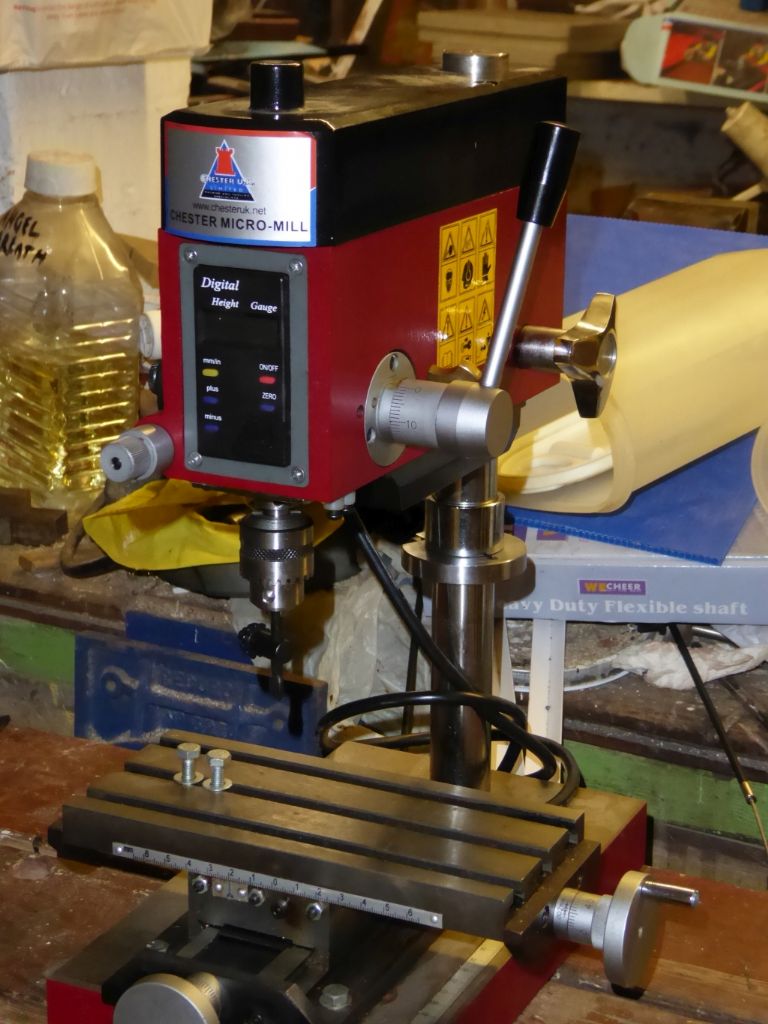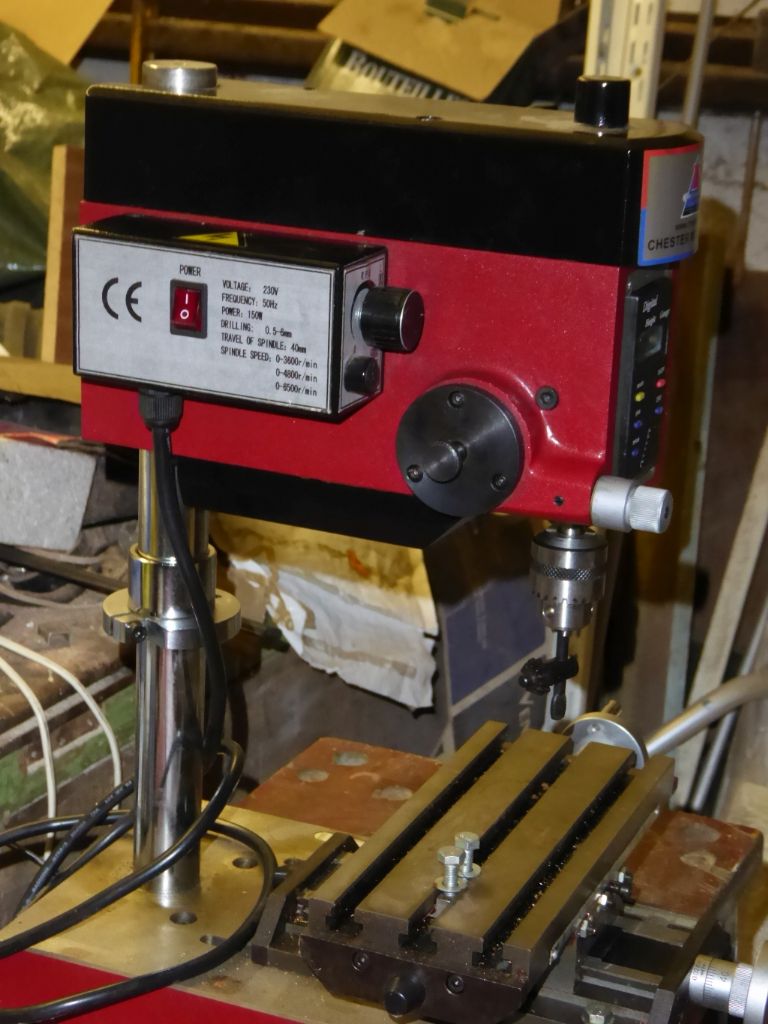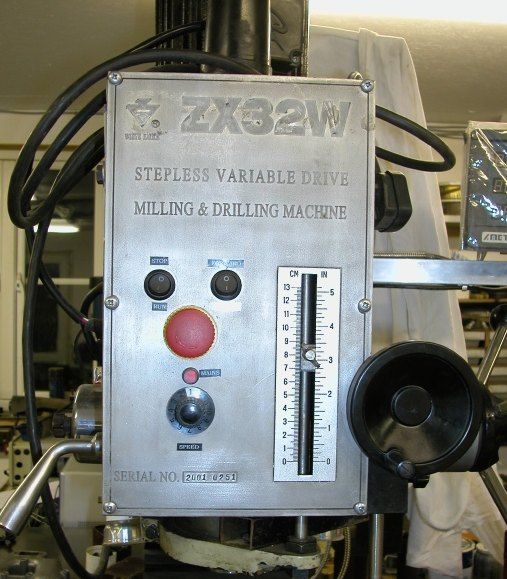How do I adjust the quill?
How do I adjust the quill?
- This topic has 30 replies, 15 voices, and was last updated 10 February 2019 at 15:10 by
mechman48.
- Please log in to reply to this topic. Registering is free and easy using the links on the menu at the top of this page.
Latest Replies
Viewing 25 topics - 1 through 25 (of 25 total)
-
- Topic
- Voices
- Last Post
Viewing 25 topics - 1 through 25 (of 25 total)
Latest Issue
Newsletter Sign-up
Latest Replies
- Selling an Expensive Item
- 24cc DIESEL ENGINE FROM SOLID
- Building Bernard Tekippe’s Precision Regulator
- Fitting DRO to Myford VME mill.
- moving 150kg+ machines inside warehouse
- Lathe floor height?
- Bending EN24t
- Bassett Lowke “Eclipse”
- Museum of Science and Technology of Catalonia
- Boiler Examinations: 7-yearly External Query







